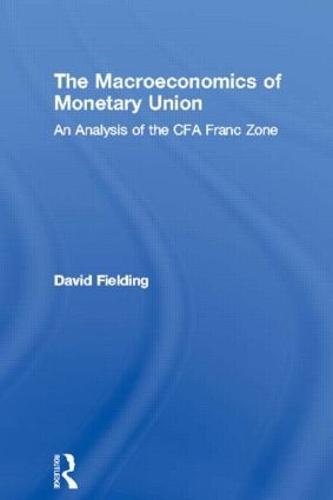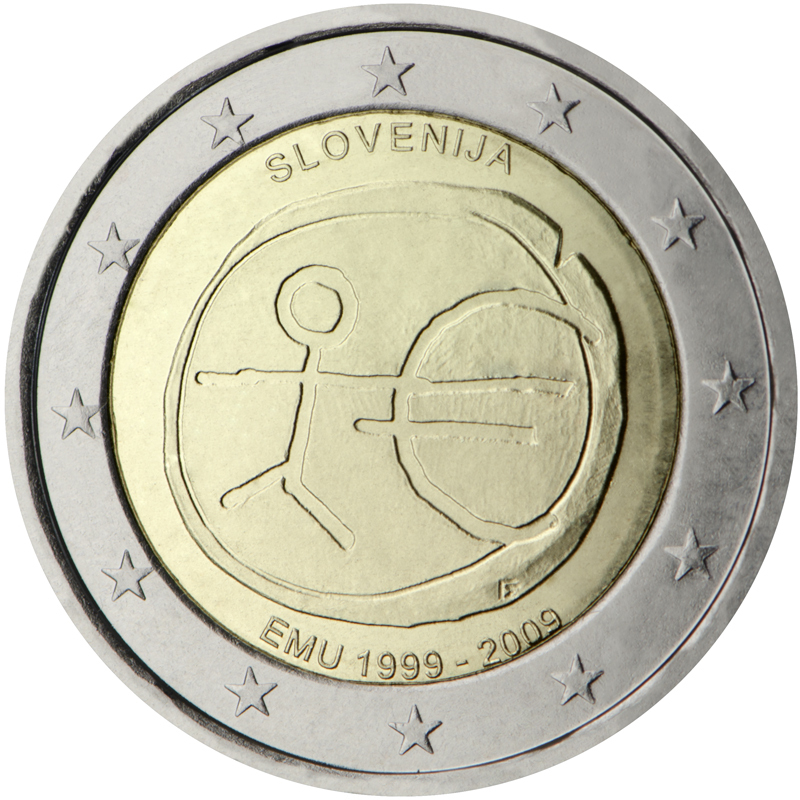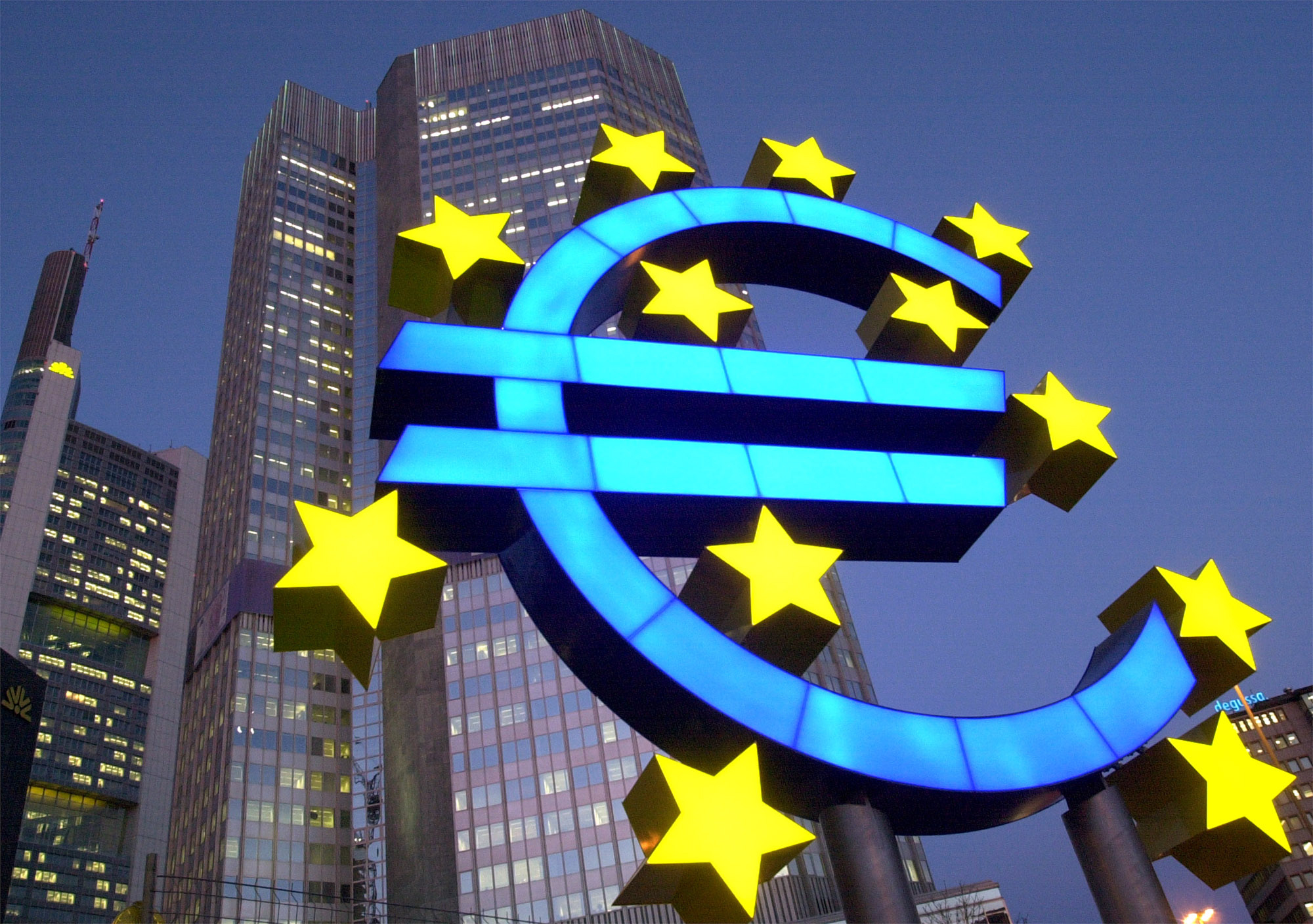Economics of Monetary Union
Data: 2.09.2017 / Rating: 4.8 / Views: 637Gallery of Video:
Gallery of Images:
Economics of Monetary Union
Here is a video recording of an Alevel economics revision webinar on aspects of European Monetary Union. Economic and Monetary Union takes the EU one step further in its process of economic integration, which started in 1957 when it was founded. Economic integration brings the benefits of greater size, internal efficiency and robustness to the EU economy as. Comprehensive, current and unique in approach: the only textbook on the market to discuss both the costs and benefits of monetary unions. Members cannot take the easy option (devaluation) to get out of economic difficulty. The disadvantages of the Euro Loss of economic sovereignty. Once a country become a member of the euro area, National Central Banks, including the Bank of England, lose their ability to use interest rate policy to achieve independent macroeconomic objectives. One of the main goals of forming a currency union is A currency union or monetary union is distinguished from a fullfledged economic and monetary union in. How can the answer be improved. COMMITTEE FOR THE STUDY OF ECONOMIC AND MONETARY UNION Jacques Delors Chairman Report on economic and monetary union in the European Community Presented April, 17, 1989 How Economic and Monetary Union works How Economic and Monetary Union works. Economic and monetary union (EMU) is not an end in itself. It is an instrument to further. The ninth edition of Economics of Monetary Union provides a concise analysis of the theories and policies relating to monetary union. The author analyses both the costs and benefits associated with having one currency, as well as the practical workings and current issues with the Euro. Nov 28, 2017The decision to form an Economic and Monetary Union was taken by the European Council in Maastricht in December 1991, and was later enshrined in the The Economic and Monetary Union (EMU) is an umbrella term for the group of policies aimed at converging the economies of member states of the European Union at three stages. The policies cover the 19 eurozone states, as well as noneuro European Union states. W hen economists such as robert mundell were theorizing about optimal monetary unions in the middle of the twentieth century, most people regarded the exercise as. The seventh edition of 'Economics of Monetary Union' provides a concise analysis of the theories and policies relating to monetary union. De Grauwe analyses the costs and benefits associated with having one currency as well as the practical workings and current issues involved with the Euro. Get 12 issues of The Economist for 20. Economics of Monetary Union [Paul De Grauwe on Amazon. FREE shipping on qualifying offers. The twelfth edition of Economics of Monetary Union provides a. The ninth edition of Economics of Monetary Union provides a concise analysis of the theories and policies relating to monetary union. The author analyses both the costs and benefits associated with having one currency, as well as the practical workings and current issues with the Euro. The New York Fed works to protect consumers as well as provides information and resources The Economic and Monetary Union is expected to bring a variety of. Economic and Monetary Union (EMU) In June 1988 the European Council confirmed the objective of the progressive realisation of Economic and Monetary Union (EMU). It mandated a committee chaired by. An economic and monetary union is a type of trade bloc which is composed of an economic union (common market and customs union) with a monetary union. It is to be distinguished from a mere monetary union (e. the Latin Monetary Union in the 19th century), which does not involve a common market. Economics of Monetary Union NINTH EDITION Paul De Grauwe Professor of International Economics University of Leuven, Belgium C OXFORD UNIVERSITY PRESS The European Economic and Monetary Union (EMU) is the successor to the European Monetary System (EMS), the combination of European Union member states into a cohesive economic system, most notably represented with the adoption of the euro as the national currency of participating members. BREAKING DOWN 'European Economic and Monetary Union (EMU). Some Landmarks for European Monetary Union: 1944: The Bretton Woods system of fixed exchange rates based on dollargold standard is created: 1973
Related Images:
- Product Management College Ie Reprints
- Wilkins Faith Hope and Family
- Princesses Oubliees Ou Inconnues Tome 2
- Il ladro del silenziopdf
- Mistress of Rome
- Uml Ebook Pdf
- Arqueologia De Campo Wheeler Pdf
- Balika vadhu 12 feb
- Stc modem update drivers
- 64 thiruvilayadal puranam tamil wikipedia
- Descente aux enferspdf
- 2014 Renault Zoe Service And Repair Manual
- Journal Adult Activity Books Shine
- Phet Motion In 2d Simulation Answers
- Performing under pressure book free download
- Augmented Reality With Kinect Wang Rui
- Mediuns e mediunidade divaldo franco pdf
- The Art of Personal Evangelism
- Pioneer Pdp 435 Pe Kuro Plasma Tv Service Manual
- Costa croata 1200000pdf
- Silver Burdett World Of Music Grade 2
- Download game tennis wapdam
- Download The Hairdressers Husband 1990 Mp4
- Prometheus FRENCH 1080p BluRay
- All About Bond Photographs by Terry ONeill
- Ford 4000 Tractor Engine Torque Specs
- Professionalethicsforcomputersciencelecture1
- Farmhouse Cooking
- Skip happy english edition
- Baking Science
- Asus P5rd2vm Sound driverszip
- Guia Completa de Las Flores de Jardin
- Niet vanzelfsprekendpdf
- Powerhaus Rapid Charger Manualpdf
- Lili Ne Veut Pas Se Coucher
- Indian Polity By Laxmikant 5Th Edition Marathi
- Suzuki Sy413 Sy416 Sy418 Sy419 Service Repair Manuals
- Libro Ingenieria De Software Richard Fairley Pdf
- The Tao of Physics
- Handball Manager TEAM PLAZA
- Swami vivekananda telugu books
- Nashik dhol tasha mp3zip
- Public finance and public policy jonathan gruber
- 4music tv guide yesterday listing
- Grandchef keygen
- Wwf raw new wrestlers mod rar keygen download
- Chemistry higher level paper 2 mark scheme
- Manual De Cargos Y Funciones De La Policia Nacional
- Pdf Silabario De San Miguel
- Army 2404 pdf
- Exmark Phazer Owners Manual
- Der Waldsteig Grossdruck Adalbert Stifter
- USB Midi Driver Yamaha Windows 7zip
- Auditing And Assurance Services Answer Key
- Quarto viaggio nel Regno della Fantasia
- Principles of Medicine in Africa 4th Edition
- Oddworld LOdyssdAbe
- Swissgear Wireless Mouse driverszip
- Freres de guerremp3
- Download willie nelson the essential mediafire
- Manual De Exportacion Carlos Morales Troncoso
- Clitemnestra o el crimen marguerite yourcenar pdf
- Black Box Servswitch Keyboard Commands
- Macromedia Projector Player For Android
- Causes and Treatments of Schizophreniapdf
- Il sapore dei semi di melapdf
- Download counter strike 1 6 non steam english usa
- Wayne County Pennsylvania Map
- Today Is Monday Eric Carle Printables
- Complete reference j2ee herbert schildt PDF
- Acrossthebarricadestxt
- Folio 9740











